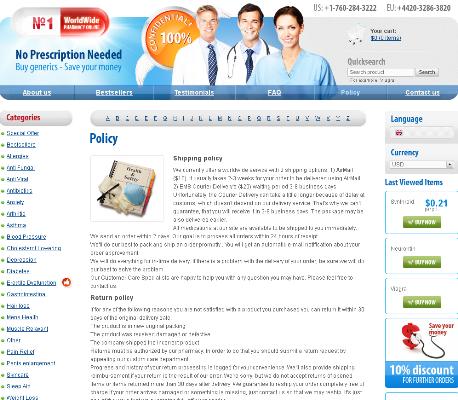Alcohol and Addyi: Why They Don’t Mix
How Addyi Works: Brain Chemistry and Sexual Desire
She remembered the slow return of interest, small sparks that once felt automatic. The pill works quietly in the brain, nudging circuits that shape motivation and reward.
At a molecular level, flibanserin shifts serotonin, dopamine and norepinephrine balance. It stimulates 5-HT1A receptors and blocks 5-HT2A, which can raise desire by boosting dopamine pathways.
That biochemical nudge doesn't flip a simple switch; it alters perception, motivation and reward valuation. Users may feel more attentive to intimacy and less turned off by stress.
Side effects can be real: drowsiness, low blood pressure and fainting occur. Occassionally people report sleepiness or dizziness; discuss risks with your clinician and proceed cautiously. Avoid alcohol while taking it at all times.
Why Alcohol Magnifies Addyi’s Sedative and Impairment Effects

I remember the first time a patient mentioned mixing addyi with wine; she laughed until she didn't. Alcohol blunts judgment and magnifies central nervous system depression, turning mild drowsiness into risky impairment.
Pharmacologically, both substances enhance serotonin and GABA pathways slightly, producing additive sedative effects. Metabolism slows; blood levels rise, so reactions and coordination degrade faster than expected.
Clinically, occassionally this means fainting, falls, and vulnerability in traffic. Advise patients to avoid alcohol and plan sober alternatives—safety over spontaneity, especially when trying new medication and discuss timing with your provider.
The Dangerous Mix: Fainting, Dizziness, Low Blood Pressure
Standing at a crowded bar, one woman remembers the sudden haze that closed in after a single drink—what began as warmth turned into confusion. Her doctor later explained that addyi and alcohol amplify each other's sedative effects, making simple balance and alertness hard to maintain.
Physiology helps explain the danger: both substances depress central nervous system function and widen blood vessels, which can lead to rapid drops in blood pressure and dizzy spells. For some people this produced fainting and falls, an Aparent safety risk.
Clinicians urge caution and avoidance of alcohol when taking addyi; even small amounts can have consequences. Planning sober social alternatives and telling companions about medication needs are practical harm-reduction steps.
Fda Warnings and the Strict No-alcohol Mandate

She remembers the night clearly: a glass of wine, a laugh, then a sudden blackout. After waking confused and shaky, her doctor explained that mixing addyi with alcohol had dramatically lowered her blood pressure, making fainting a real danger. The scene — a living room turned clinical after an ambulance visit — makes the warning feel less abstract and more urgent.
Regulators have flagged this interaction strongly: clinical reports showed significant hypotension and syncope when the drug and alcohol co-occurred, so prescribers are instructed to counsel patients and pharmacies to provide clear cautions. Patients must follow guidance, avoid alcohol while taking the medication, and report dizziness or near-fainting immediately. Such rules might seem strict, but they exist to prevent serious harm; Teh message is simple — take precautions, and speak to your clinician about safer alternatives or timing strategies today.
Patient Stories: Blackout Episodes and Embarrassing Encounters
One woman described taking addyi and a glass of wine, then waking up hours later with few memories and a bruised hip; the blackout felt like a sudden break in time. Clinicians report similar accounts where dizziness and confusion Occured after mixing doses and alcohol.
| Blackout reports rising |
Another patient recounted slumping into a chair at a restaurant, unable to speak coherently, leaving companions to call an ambulance; the shame lingered long after the medical exam. These anecdotes illustrate how addyi’s sedative profile can produce socially hazardous effects, not just medical risks. Practitioners urge clear counselling, strict avoidance of alcohol, and immediate reporting of any blackouts to prevent repeat and more serious outcomes and consequences.
Tips for Safe Use: Alternatives and Harm Reduction
Start by planning: talk openly with your prescriber about alcohol use, other medications, and your full medical history. Carry a small card or a note in your phone reminding you to avoid drinking while taking the drug so risky choices late at night are less likely. If you fear social exclusion, practise brief scripts to decline drinks and suggest nonalcoholic options—sparkling water, a mocktail, or tea—so you can stay present without compromise.
Follow timing and dosage exactly: never double-dose and consider skipping a dose if you know you will be drinking. Explore nonpharmacologic options like cognitive behavioral therapy or couples therapy to address desire and intimacy. Check in with your clinician about side effects, have a plan for dizziness or fainting, and carry emergency contacts. Occassionally ask about interactions and wear a medical ID bracelet. Reliable sources: FDA Mayo Clinic
<

